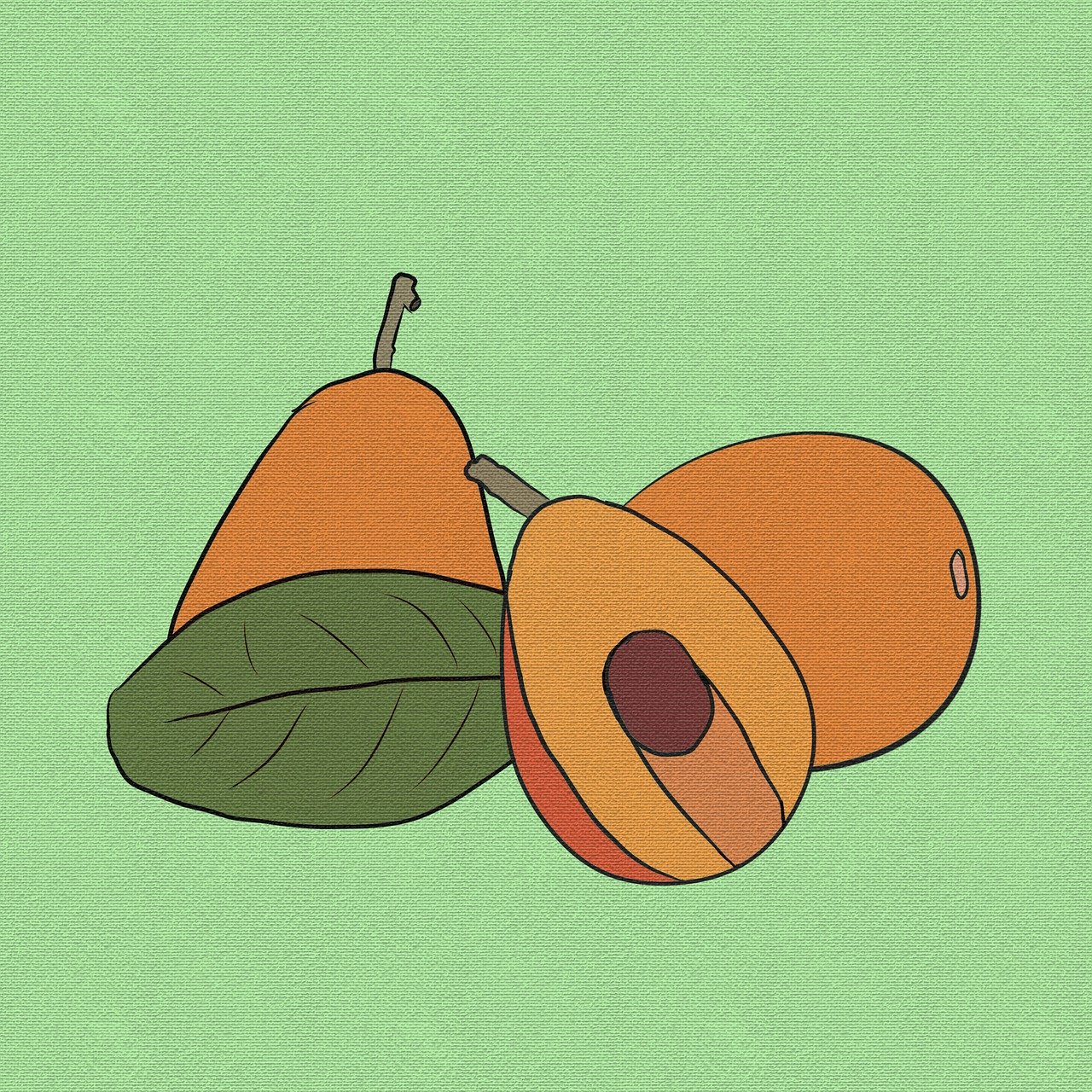Sustainable Agriculture Practices: Cover Cropping and Soil Conservation
Cover cropping plays a pivotal role in sustainable agriculture by offering a range of benefits that contribute to the overall health and productivity of the soil. Through the practice of cover cropping, farmers are able to suppress weeds, prevent soil erosion, improve soil structure, and enhance water retention. These positive impacts not only promote a healthier environment for crops to thrive but also aid in reducing the need for chemical inputs, thus fostering a more sustainable farming system.
In addition to its soil-enhancing benefits, cover cropping also helps in promoting biodiversity, providing habitat for beneficial insects, and supporting the overall resilience of agroecosystems. By diversifying plant species through cover cropping, farmers can create a more balanced and resilient ecosystem that is less susceptible to pests and diseases. This practice not only improves crop yields in the long term but also fosters a more sustainable and environmentally friendly approach to agriculture.
Benefits of Cover Cropping for Soil Health
Cover cropping plays a crucial role in promoting soil health by improving soil structure. The roots of cover crops help break up compacted soil, allowing for better water infiltration and air movement. This process enhances the soil’s ability to retain water and nutrients, ultimately benefiting the crops grown in the field.
In addition to improving soil structure, cover cropping helps in the suppression of weeds. By outcompeting weeds for sunlight, water, and nutrients, cover crops help reduce weed pressure in fields. This can lead to decreased reliance on herbicides, promoting a more sustainable and environmentally friendly approach to weed management in agriculture.
Different Types of Cover Crops Used in Agriculture
Cover crops play a crucial role in enhancing soil quality and promoting sustainable agricultural practices. Legumes, such as clover and alfalfa, are popular choices due to their ability to fix nitrogen in the soil, reducing the need for synthetic fertilizers. These cover crops not only enrich the soil with essential nutrients but also help prevent erosion by creating a protective cover over the land.
Grasses, like rye and oats, are commonly used as cover crops for their fast growth and ability to suppress weeds. Their extensive root systems improve soil structure and drainage, making them valuable additions to crop rotations. Incorporating a diverse range of cover crops, including brassicas like radishes and mustard, can further enhance soil health by breaking up compaction layers and reducing pests and diseases.
Why is cover cropping important in sustainable agriculture?
Cover cropping helps to improve soil health, reduce erosion, suppress weeds, increase water infiltration, and provide habitat for beneficial insects.
What are the benefits of cover cropping for soil health?
Cover crops can increase soil organic matter, improve soil structure, enhance nutrient cycling, and reduce the need for synthetic fertilizers.
What are some different types of cover crops used in agriculture?
Some common cover crops include legumes like clover and vetch, grasses like rye and oats, and brassicas like radishes and turnips.
How do cover crops help to suppress weeds?
Cover crops can compete with weeds for light, water, and nutrients, making it harder for weeds to thrive in the soil.
How can cover crops improve water infiltration in soil?
Cover crops help to improve soil structure, which can increase the ability of soil to absorb and retain water, reducing runoff and erosion.





